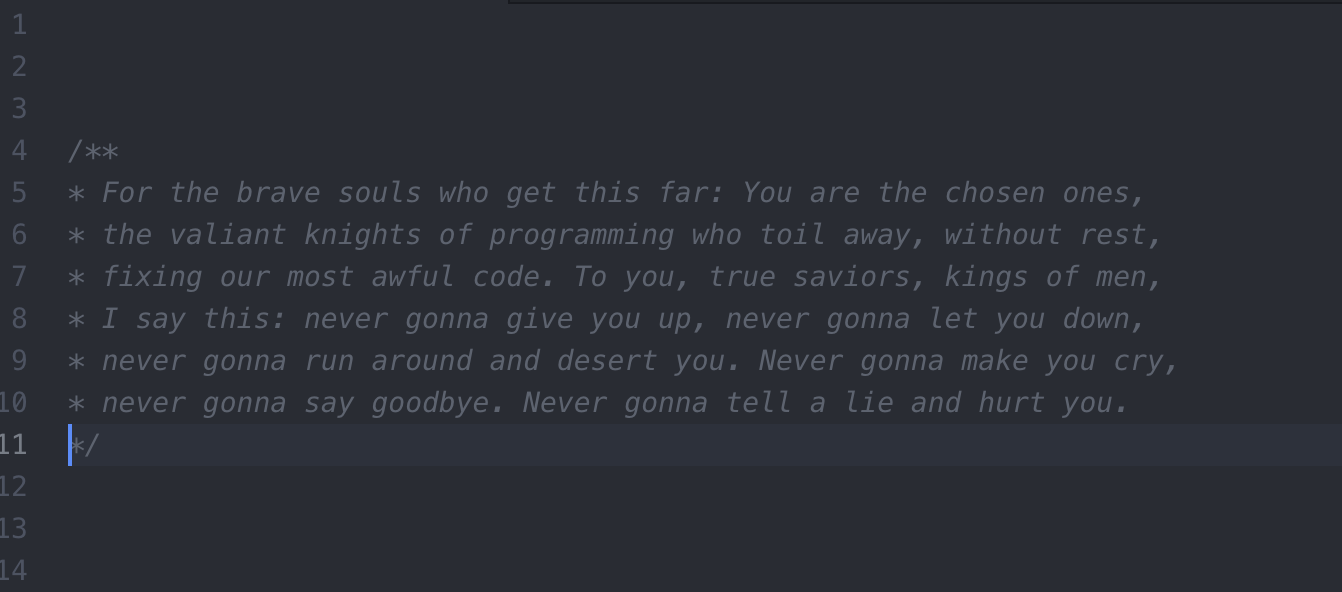I was recently asked to answer a question on Quora about the challenge of keeping up with change in a software project. The answers were a resounding cacophony of “yes” - change is a real problem in software development.
Inspired by discussions with Jess Kerr and others, I took a different stance. Here it is:









